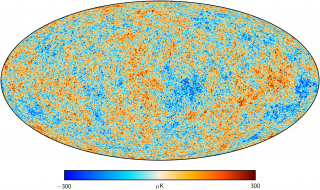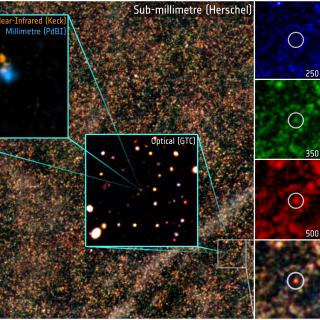Bibcode
Nashimoto, Masashi; Hattori, Makoto; Poidevin, Frédérick; Génova-Santos, Ricardo
Bibliographical reference
The Astrophysical Journal
Advertised on:
9
2020
Journal
Citations
14
Refereed citations
14
Description
We have shown that the thermal emission of the amorphous dust composed of amorphous silicate dust (a-Si) and amorphous carbon dust (a-C) provides an excellent fit both to the observed intensity and the polarization spectra of molecular clouds. The anomalous microwave emission (AME) originates from the resonance transition of the two-level systems attributed to the a-C with an almost spherical shape. On the other hand, the observed polarized emission in submillimeter wave bands is coming from a-Si. By taking into account a-C, the model prediction of the polarization fraction of the AME is reduced dramatically. Our model prediction of the 3σ lower limits of the polarization fraction of the Perseus and W 43 molecular clouds at 17 GHz are 8.129 × 10-5 and 8.012 × 10-6, respectively. The temperature dependence of the heat capacity of a-C shows the peculiar behavior compared with that of a-Si. So far, the properties of a-C are unique to interstellar dust grains. Therefore, we coin our dust model as the cosmic amorphous dust model.
Related projects

Anisotropy of the Cosmic Microwave Background
The general goal of this project is to determine and characterize the spatial and spectral variations in the temperature and polarisation of the Cosmic Microwave Background in angular scales from several arcminutes to several degrees. The primordial matter density fluctuations which originated the structure in the matter distribution of the present
Rafael
Rebolo López

Formation and Evolution of Galaxies: Observations in Infrared and other Wavelengths
This IAC research group carries out several extragalactic projects in different spectral ranges, using space as well as ground-based telescopes, to study the cosmological evolution of galaxies and the origin of nuclear activity in active galaxies. The group is a member of the international consortium which built the SPIRE instrument for the
Ismael
Pérez Fournon